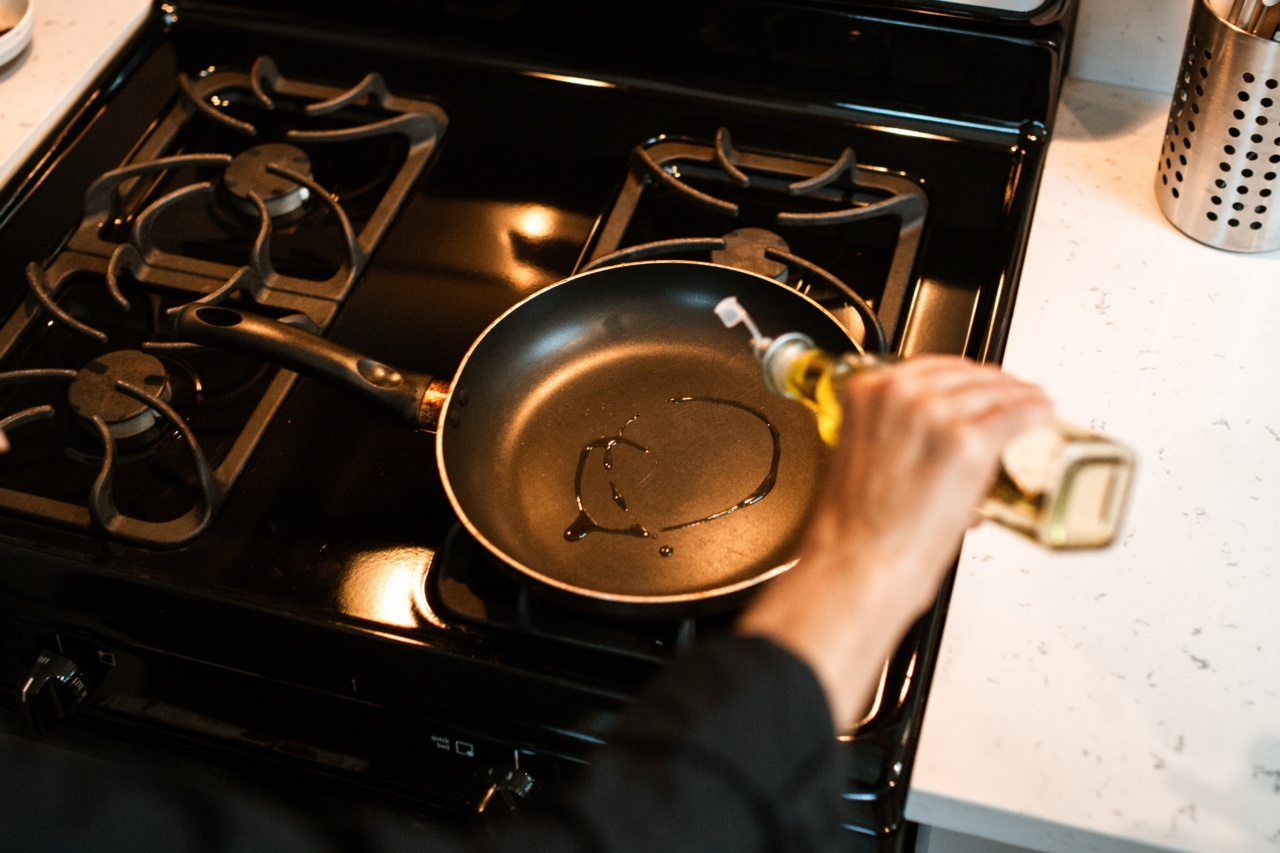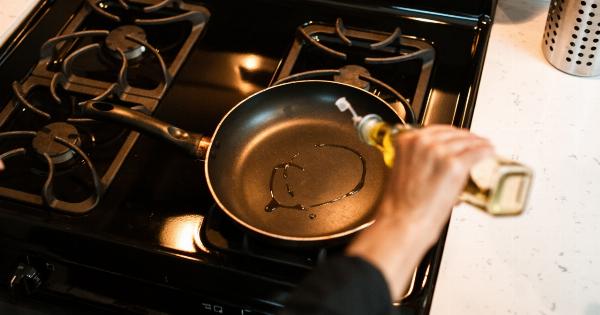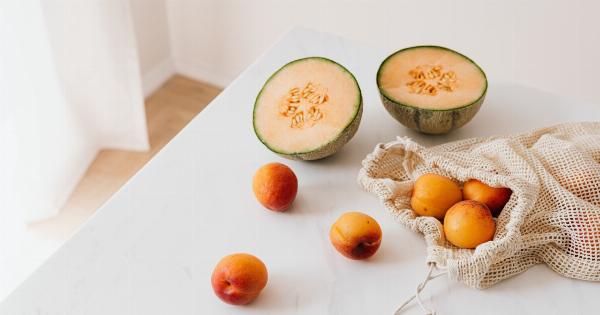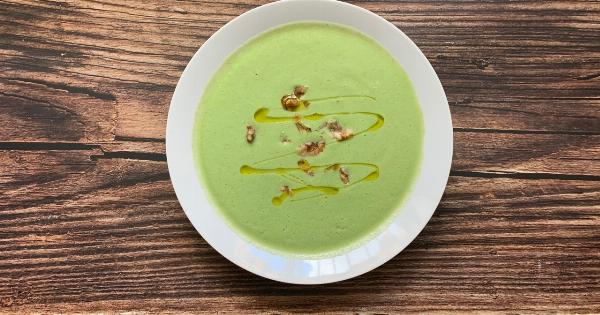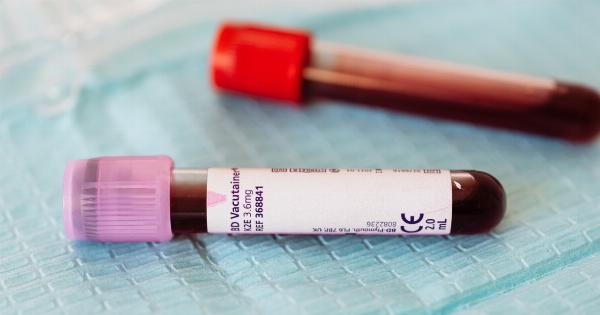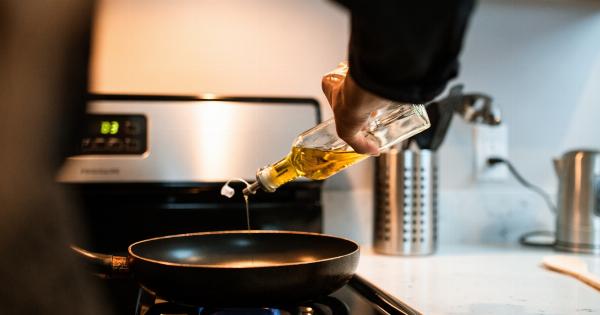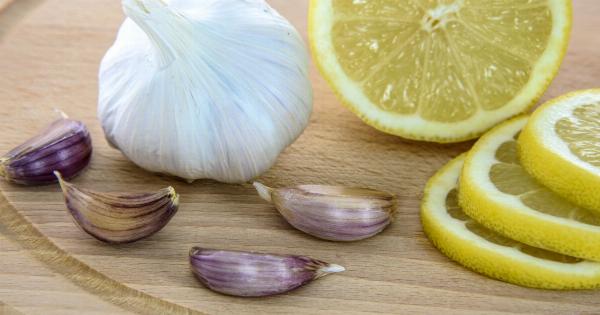Olive oil is a staple in many kitchens around the world, known for its health benefits and delicious flavor. However, not all olive oils are created equal.
There are unfortunately cases of olive oil fraud, where lower quality oils are mixed with higher quality ones or even replaced entirely. This makes it important for consumers to be able to distinguish between pure, high-quality olive oil and those that are adulterated.
In this article, we will explore several methods that can help you determine if your olive oil is pure and of high quality.
1. Look for a reputable brand
One of the easiest ways to ensure the quality of your olive oil is to choose a reputable brand. Well-known brands often have strict quality control measures in place to guarantee the purity and quality of their products.
They have a reputation to uphold, so they are more likely to provide accurate labeling and adhere to industry standards. Look for brands that have been awarded certifications or prizes for their olive oils, as these can be a good indication of quality.
2. Check the label
When purchasing olive oil, always read the label carefully. Look for key information such as the olive oil’s country of origin, the varieties of olives used, and the harvest date.
The label should indicate that the oil is 100% extra virgin olive oil, as this is the highest grade with superior taste and health benefits. Avoid oils labeled as “light” or “pure,” as these terms usually indicate a lower quality product.
Additionally, be wary of vague or misleading statements on the label, such as “made with olive oil,” as this can be a sign of adulteration.
3. Examine the color and consistency
Pure, high-quality olive oil generally has a golden-green color. However, the color can vary depending on the variety of olives used and the production methods.
If your olive oil has a very bright or unnatural color, it may be an indication of low quality or that it has been mixed with other oils. The consistency should also be smooth and somewhat thick, with no visible sediment or cloudiness. If the oil appears watery or grainy, it may not be pure.
4. Smell the oil
Aroma is an important indicator of olive oil quality. Pour a small amount of olive oil into a glass and swirl it gently to release its aroma.
Pure, high-quality olive oil should have a fresh and fruity scent, with hints of grass, green apple, or ripe tomato. If the oil smells stale, rancid, or like cooking oil, it may not be of good quality.
5. Taste the oil
Tasting olive oil is perhaps the most reliable way to determine its quality. Take a small sip of the oil and let it spread across your tongue. High-quality olive oil should have a fresh, fruity, and slightly bitter taste, with a peppery or spicy finish.
It should not taste greasy, rancid, or flat. If the oil leaves an unpleasant aftertaste or feels heavy on your palate, it may not be pure or of high quality.
6. Conduct a refrigeration test
Another method to determine the quality of olive oil is the refrigeration test. Pure extra virgin olive oil will partially solidify when chilled due to its high content of monounsaturated fats.
Place a small amount of olive oil in the refrigerator for a few hours. If the oil solidifies or becomes cloudy, it is a positive indication of its quality. However, keep in mind that this test is not foolproof, as some low-quality oils may also solidify due to the presence of saturated or hydrogenated fats.
7. Assess the acidity level
The acidity level is an important indicator of olive oil quality. Extra virgin olive oil is required to have an acidity level of less than 0.8%. You can find the acidity level listed on the label.
Oils with a higher acidity level may not be of good quality, as they can be the result of poor fruit quality, improper processing, or extended storage. However, it is worth noting that the acidity level alone does not determine the overall quality and taste of the oil.
8. Seek out certifications and seals
Look for certifications and seals of quality on the olive oil packaging. Some reputable associations and organizations offer certifications to olive oil producers who meet specific quality standards.
For example, the International Olive Council (IOC) certifies olive oils from around the world, while certain regions in Italy, such as Tuscany and Umbria, have their own regional seals of authenticity. These certifications and seals can provide assurance that the olive oil has been produced according to specific guidelines and is of high quality.
9. Research the producer
Before purchasing olive oil, it can be helpful to research the producer or farm. Explore their website or look for information about their production methods, harvesting practices, and quality control measures.
Transparent producers often share their processes and values, making it easier for consumers to trust the quality of their products. If the producer has won awards or has a long-standing history in olive oil production, it can be a positive indication of their commitment to quality.
10. Purchase from trusted sources
To ensure you are buying pure, high-quality olive oil, try purchasing from trusted sources.
Specialty stores and local farmers’ markets are good options, as they often have a closer relationship with the producers and can provide more information about the oil. If possible, visit an olive oil producer directly or take part in olive oil tastings and workshops to deepen your knowledge and understanding of different varieties and flavor profiles.
Conclusion
When it comes to olive oil, purity and quality matter.
By following these methods and guidelines, you can increase your chances of purchasing pure, high-quality olive oil that not only enhances your culinary creations but also provides the many health benefits associated with this remarkable oil.
